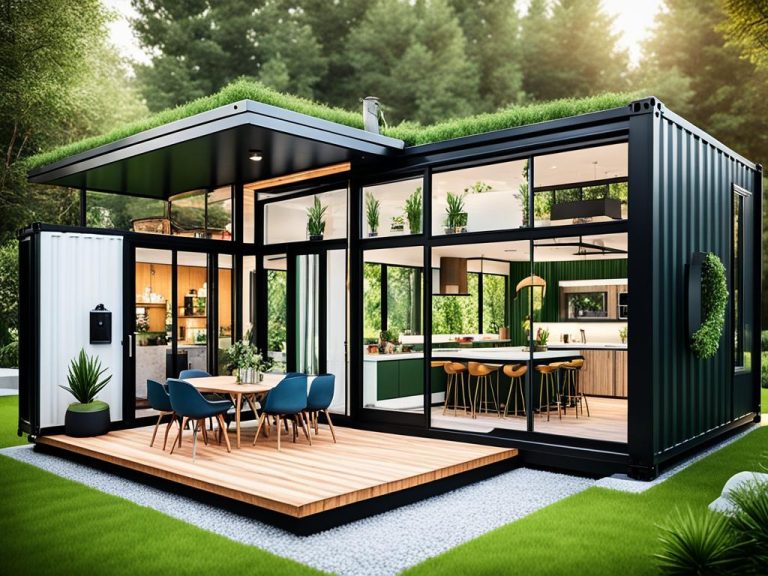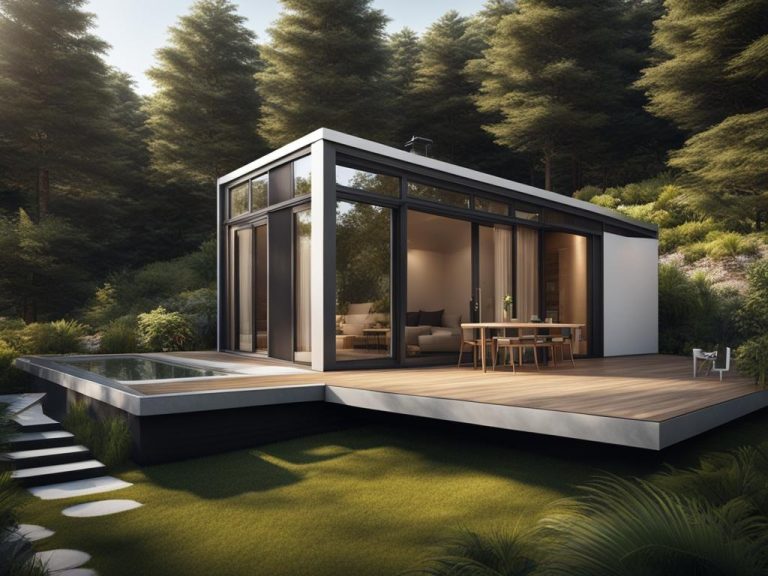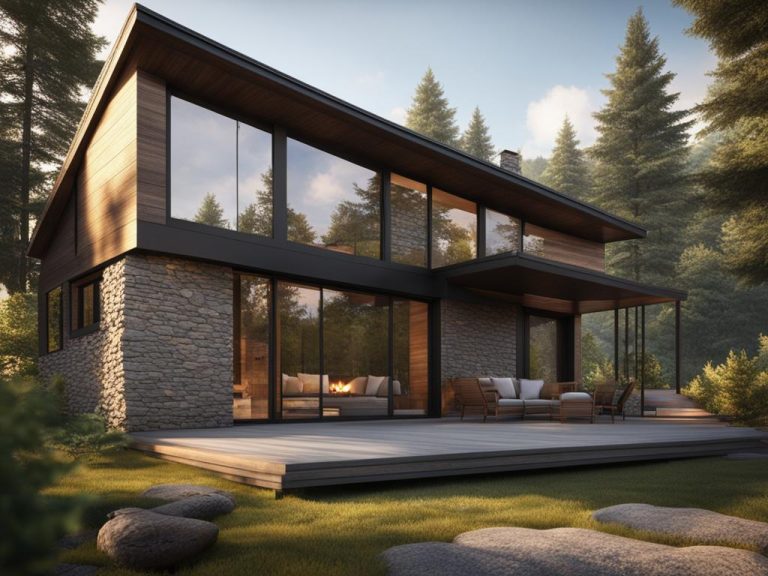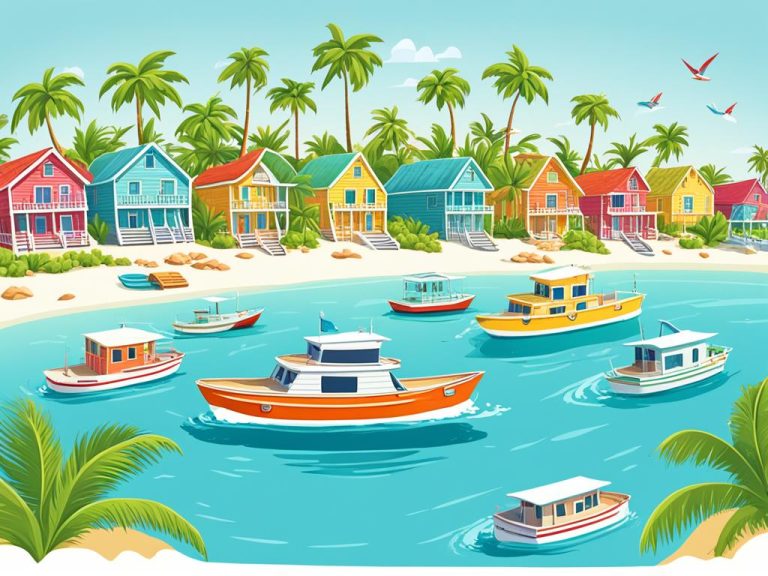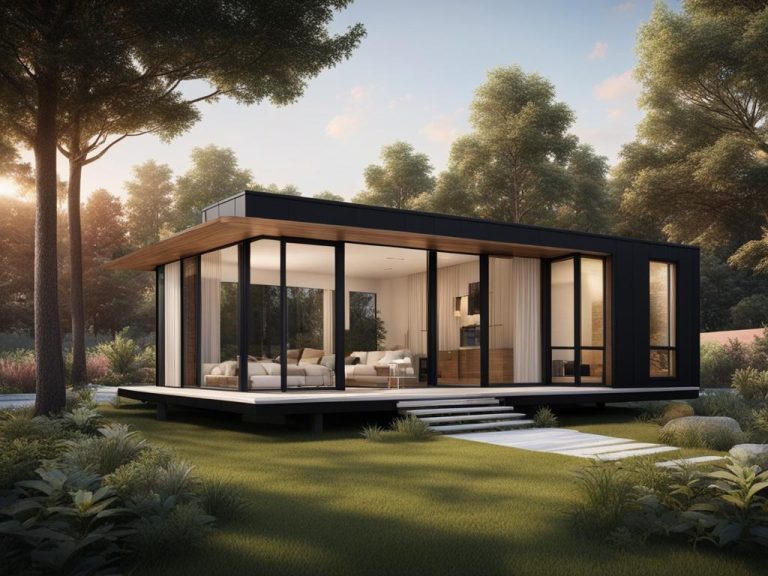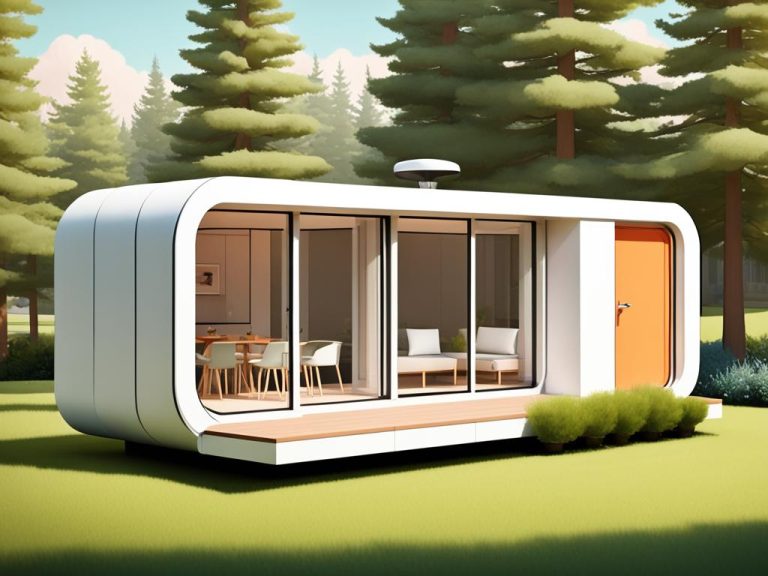Permanent Modular Homes in the UK: Miles Away from the 1950s
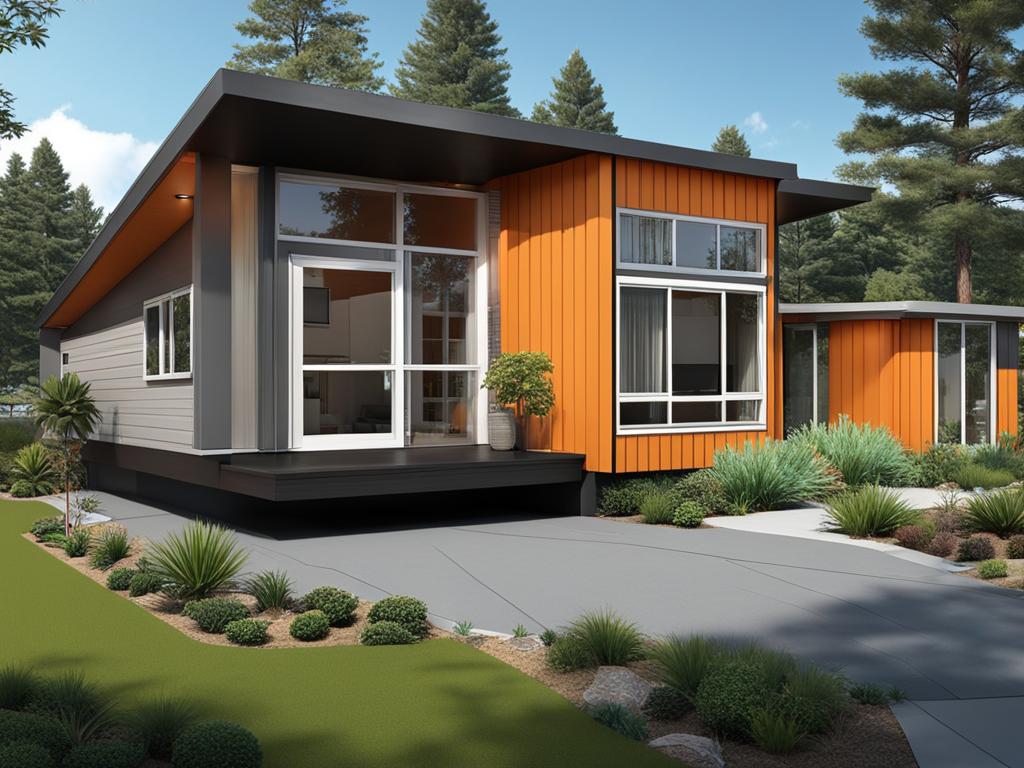
When you think of prefab homes, you might imagine the temporary structures built in the aftermath of the Second World War. But today, permanent modular homes are revolutionizing the UK housing market. These homes are eco-friendly, energy-efficient, and affordable, offering a modern solution to our housing needs.
After the war, prefab homes were erected to address the housing crisis, but they were intended to last only a decade. Surprisingly, some of these homes, like the iconic Wake Green Road prefabs in Birmingham, have stood the test of time. These Grade-II listed homes, made of steel frames, have become a symbol of post-war recovery and innovation.
Key Takeaways:
- Permanent modular homes offer a sustainable and environmentally-friendly housing solution.
- These homes are built to be energy-efficient, reducing carbon footprints and utility bills.
- Prefab homes are an affordable option in a housing market with skyrocketing prices.
- The Wake Green Road prefabs are historic landmarks, treasured by their residents.
- The future of housing in the UK is embracing prefab construction to address demand and achieve sustainability goals.
The History of Prefab Homes in the UK
During the post-war recovery in the UK, prefab homes played a crucial role in addressing the housing crisis. One notable figure who championed this initiative was Winston Churchill, who established the Emergency Factory Made housing program in 1944. Through this program, approximately 156,000 prefab homes were constructed across the country, providing much-needed accommodation for those affected by the war.
These prefab homes were a product of mass production, with sections being manufactured in factories and then assembled on various sites throughout the UK. One popular model was the Wake Green Road prefabs, affectionately known as “tin can” homes due to their steel plate construction.
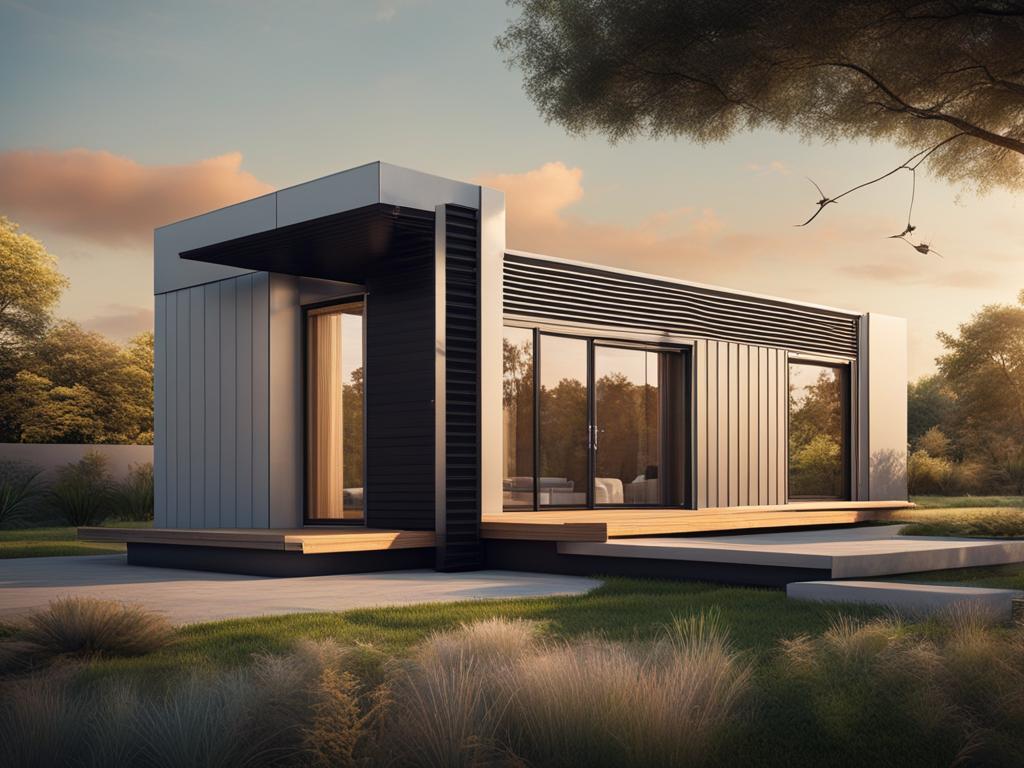
The Wake Green Road prefabs in Birmingham were initially designed to last for only 10 years. However, they exceeded this timeline, with many of them remaining occupied well into the 1960s and 1970s. Despite their temporary nature, these prefab homes became a symbol of post-war recovery and innovation, reflecting the resilience and determination of the British people during a challenging period.
The Significance of Wake Green Road Prefabs
The 17 steel-framed prefabs on Wake Green Road in Moseley, Birmingham, have garnered a cult following and are considered a testament to post-war recovery, innovation, and optimism. All but one of these prefabs has been given Grade-II listed status, providing them with extra protection against redevelopment. Despite their outdated appearance compared to the surrounding properties, these prefabs hold historical and cultural value and have an enduring appeal.
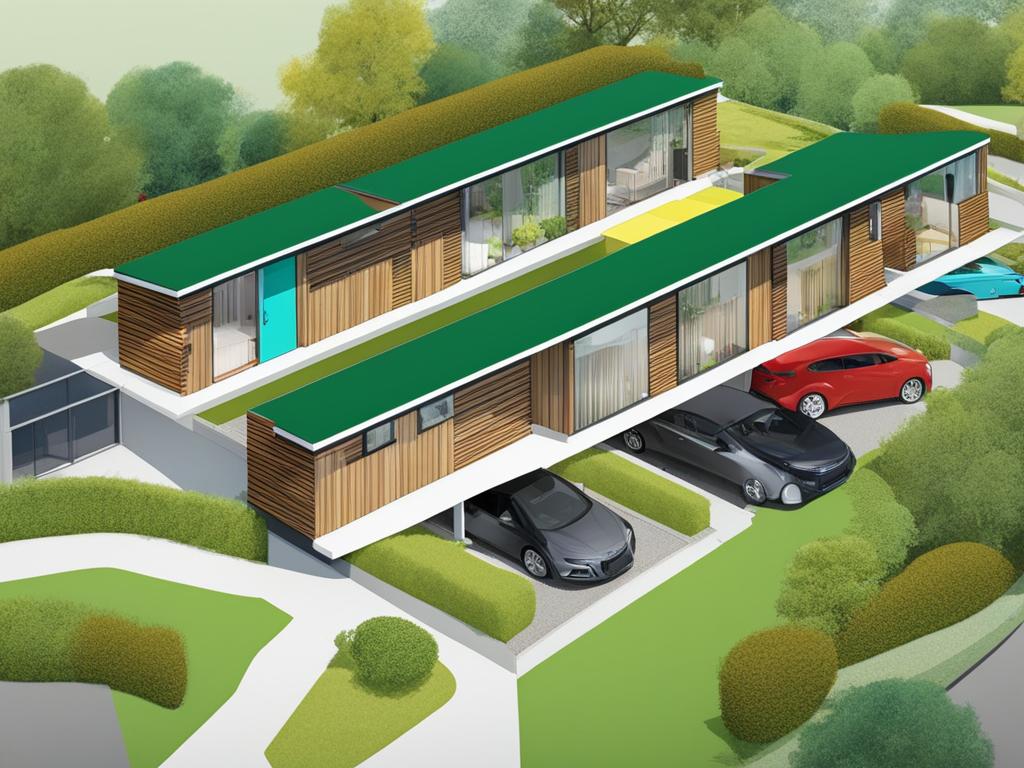
Wake Green Road prefabs are icons of the post-war era and a symbol of the UK’s resilience and recovery after World War II. These modest steel-framed homes, originally built as temporary solutions, have stood the test of time and continue to capture people’s imagination.
While the surrounding area has undergone significant changes, the Wake Green Road prefabs remain untouched, preserving a piece of history that serves as a reminder of the nation’s determination to rebuild and move forward.
The Grade-II listed status bestowed upon these prefabs recognizes their architectural significance and historical importance. It ensures that these homes will be safeguarded from demolition or alteration, allowing future generations to appreciate their unique design and cultural value.
Despite their unconventional appearance and limited amenities, Wake Green Road prefabs still hold great appeal for residents and enthusiasts alike. Their simplicity and authenticity evoke a sense of nostalgia and charm, reminding us of a bygone era.
Moreover, these prefabs offer a glimpse into the resourcefulness and creativity of the post-war generation. They were designed to provide quick and affordable solutions to the housing crisis, and their enduring presence serves as a testament to the innovative thinking during those challenging times.
Today, Wake Green Road prefabs stand as a living record of a significant period in the nation’s history. They serve as a tangible link to the past, telling the story of post-war recovery, resilience, and community spirit.
The Current Status of Wake Green Road Prefabs
Despite half of the Wake Green Road prefabs now lying empty, the remaining residents continue to occupy and cherish their council-owned homes. These unique prefabs are rented at an affordable price of less than £100 per week, making them an attractive option in a neighborhood characterized by high property prices.
Residents of the prefabs insist that there is no better place to call home. These humble dwellings have become an integral part of their heritage, standing as a testament to the past while providing comfortable living spaces for today. Some residents even express their unwavering commitment to these homes, stating that they will only leave in a coffin.
Amidst skyrocketing property prices, the borough’s council-owned prefabs offer a glimmer of hope for those seeking affordable housing. While the surrounding properties may be out of reach for many, the humble council-owned prefabs continue to provide a refuge for those who value their unique charm and historical significance.
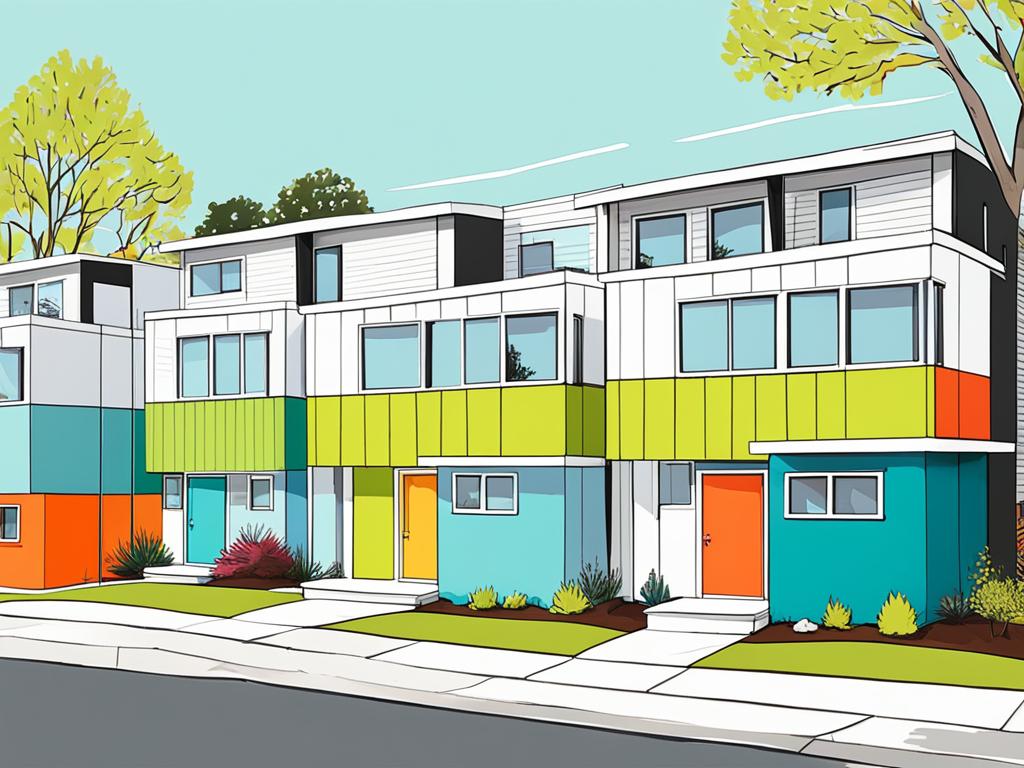
The Residents’ Dedication to Home
The remaining residents of Wake Green Road prefabs are fiercely devoted to their community. They have woven their lives into the fabric of these homes, creating a strong bond that transcends economic constraints. Despite the allure of the surrounding area’s high property prices, the council-owned prefabs hold an enduring appeal that cannot be replicated elsewhere.
A Window into History
These council-owned prefabs grant a glimpse into a bygone era, preserving a piece of history that would otherwise be lost amidst modern developments. As the waves of change sweep through the property market, these humble prefabs stand as a testament to the determination and resilience of the past. Their significance resonates with both residents and visitors, who recognize the cultural and historical value they hold.
A Community’s Legacy
The Wake Green Road prefabs have not only become homes for their residents but also a source of local pride and identity. A sense of unity and collective memory has been forged within the walls of these dwellings, fostering a strong and supportive community spirit. Each prefab tells a story, and the community cherishes these narratives, ensuring that their legacy lives on for future generations to embrace.
The Future of Prefab Homes in the UK
Construction company TopHat is set to open a massive prefab housing factory in Corby, Northamptonshire. This factory aims to produce around 4,000 ready-made properties each year, addressing the housing crisis and the labour shortage in the construction industry. Prefab homes are seen as a potential solution to the UK’s net-zero targets, as they can be built with precision engineering to be more energy-efficient and eco-friendly. The trend of prefab housing has already gained popularity in Europe, and the UK is catching up with the demand.
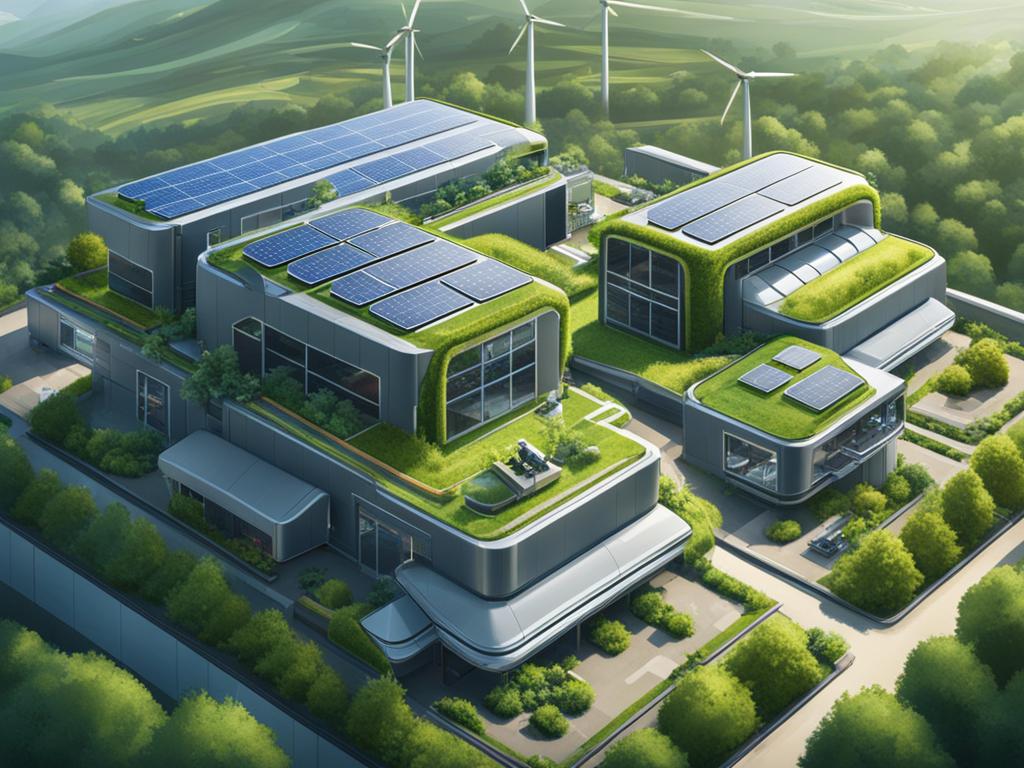
The Advantages of Modular Construction
Modular construction offers several advantages over traditional on-site building. Here are the key benefits of choosing modular homes:
- Cost Efficiency: Modular construction is a cost-effective solution for homeowners. By completing the construction process in a factory setting, companies can streamline operations and reduce labor costs. This translates to more affordable homes for buyers.
- Precision Engineering: Modular homes are built with precision engineering techniques in controlled factory environments. This ensures that each component is manufactured to the highest quality standards. The use of advanced technologies and production processes results in structurally sound homes that are built to last.
- Energy Efficiency: Modular homes are known for their energy-efficient design. The precision construction process allows for better insulation, minimized air leakage, and improved energy performance. Homeowners can enjoy reduced energy consumption and lower utility bills.
- Time Savings: Constructing modular homes in a factory dramatically reduces construction time compared to on-site building. The controlled environment allows for concurrent workflows, meaning that multiple tasks can be carried out simultaneously. As a result, homeowners can move into their new modular homes in a shorter timeframe.
- Reduced Waste: Modular construction minimizes waste as materials are used more efficiently in factory settings. Any excess materials can be recycled or repurposed, reducing the overall environmental impact. This makes modular homes a sustainable choice for eco-conscious buyers.
Furthermore, modular homes offer homeowners the flexibility to customize their living spaces according to their specific needs and preferences. Whether it’s adjusting the floorplan or selecting finishing touches, modular construction allows for greater personalization.
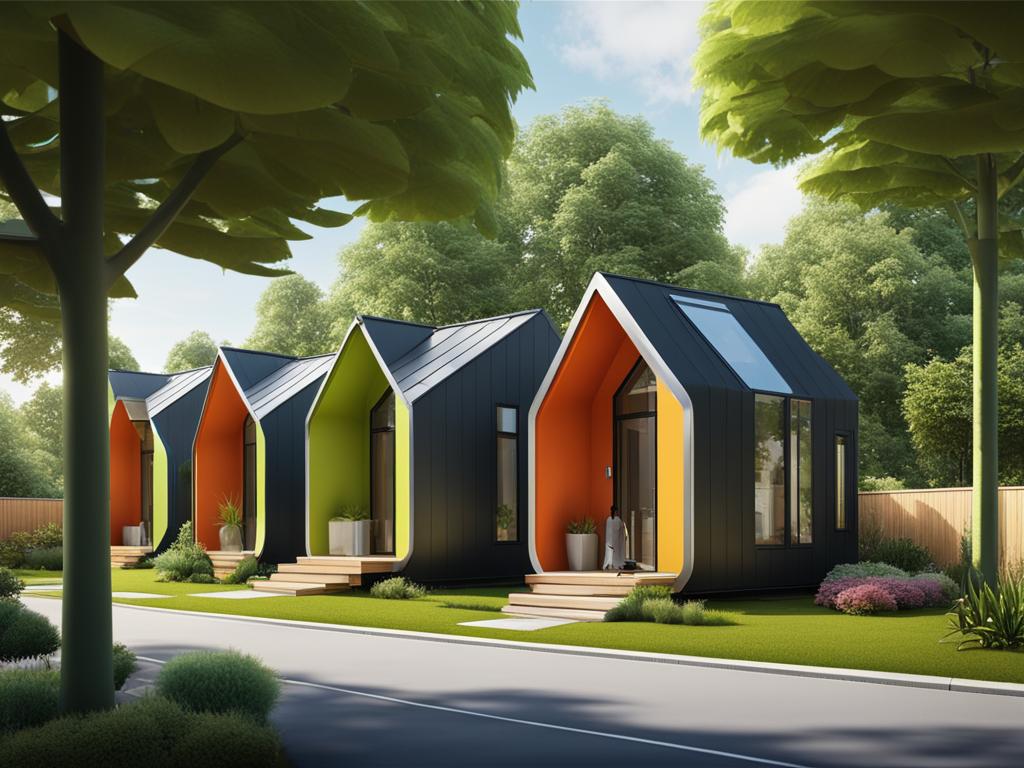
The Affordability of Prefab Homes
Prefab homes offer an affordable housing option at a time when property prices in the UK are reaching record highs. Traditional homes have become less affordable, with house prices seven times higher than the average income. In contrast, prefab homes, such as those built by companies like Ilke Homes, are more cost-effective. These homes can be built and sold at a lower price compared to traditional homes, making them accessible to a wider range of buyers.
Conclusion
Permanent modular homes, both historical and contemporary, offer a glimpse into the evolving nature of housing in the UK. These sustainable homes have played a vital role in addressing the housing crisis, providing an alternative solution that combines affordability and eco-friendliness. From the post-war era to the present day, prefab homes have proven their resilience and adaptability.
With advancements in prefab construction, these homes have become more energy-efficient and customizable, meeting the demands of the modern homeowner. The opening of a new prefab housing factory in Corby marks a significant step towards a more innovative future of housing in the UK. It addresses not only the housing shortage, but also the need to achieve sustainability goals.
As the demand for affordable and eco-friendly homes continues to grow, permanent modular homes are poised to shape the future of the housing market. With their flexibility, precision engineering, and cost efficiency, these homes offer a practical and sustainable solution. Whether for individuals or families, permanent modular homes provide an opportunity to embrace a more sustainable lifestyle while enjoying the comfort and security of a permanent place to call home.
FAQ
What are permanent modular homes?
Permanent modular homes are pre-constructed homes that are built off-site in a factory and then transported to their final location for assembly. They are designed to be permanent structures and are constructed using modular construction techniques.
Are modular homes eco-friendly?
Yes, modular homes are considered eco-friendly. They are built using sustainable materials and precision engineering techniques that minimize waste and improve energy efficiency. Additionally, modular construction reduces the environmental impact of traditional on-site building.
How energy-efficient are modular homes?
Modular homes are designed to be energy-efficient. The precision engineering used in their construction allows for better air tightness and insulation, reducing energy consumption for heating and cooling. They can also be built with energy-efficient appliances and systems.
Are modular homes more affordable than traditional homes?
Yes, modular homes are generally more affordable than traditional homes. The off-site construction process allows for cost savings in labor and materials. This cost efficiency is passed on to the buyers, making prefab homes a more accessible housing option.
Can modular homes be customized?
Yes, modular homes can be customized to meet the specific needs and preferences of homeowners. There are various design options available, allowing buyers to choose from different floor plans, finishes, fixtures, and fittings.
Are prefab homes a solution to the UK’s housing crisis?
Prefab homes have the potential to address the housing crisis in the UK. They can be mass-produced in factories, reducing construction time and addressing the labor shortage in the industry. Additionally, prefab homes offer an affordable housing option in a market where property prices are rising.
Are permanent modular homes a sustainable housing option?
Yes, permanent modular homes are a sustainable housing option. They are built using eco-friendly materials and construction methods that minimize waste and improve energy efficiency. They offer a more sustainable and environmentally friendly alternative to traditional on-site building.
What does the future hold for prefab homes in the UK?
The future of prefab homes in the UK looks promising. With the opening of new prefab housing factories and the growing demand for affordable and eco-friendly homes, prefab homes are expected to play a significant role in the future of housing in the UK.
Source Links
- https://parkhome-living.co.uk/park-homes-for-sale-and-rent-in-region-of/north-of-england
- https://www.dailymail.co.uk/news/article-10518585/The-prefab-homes-standing-Moseley-temporary-tin-homes-local-landmark.html
- https://www.dailymail.co.uk/news/article-10956411/Massive-refab-factory-make-one-modular-home-HOUR-new-era-flatpack-housing.html

